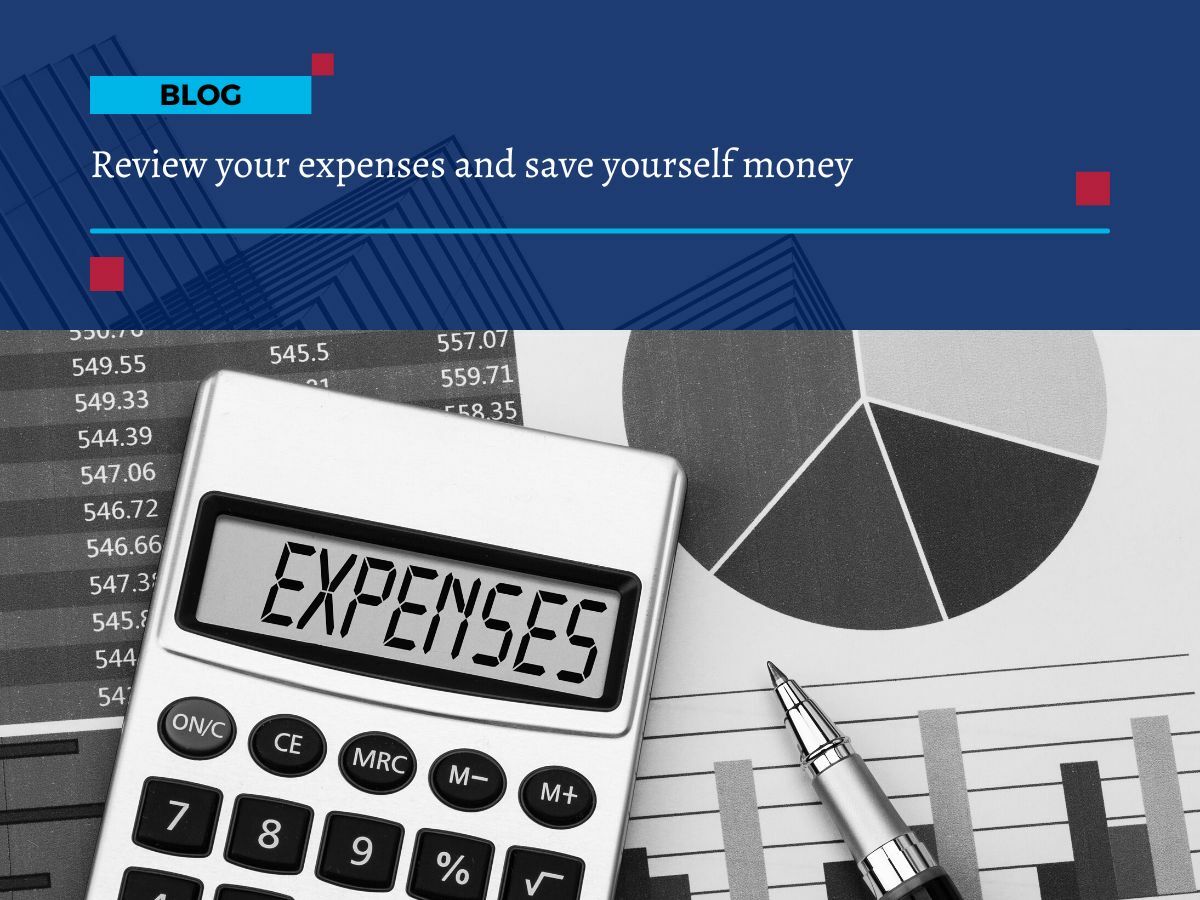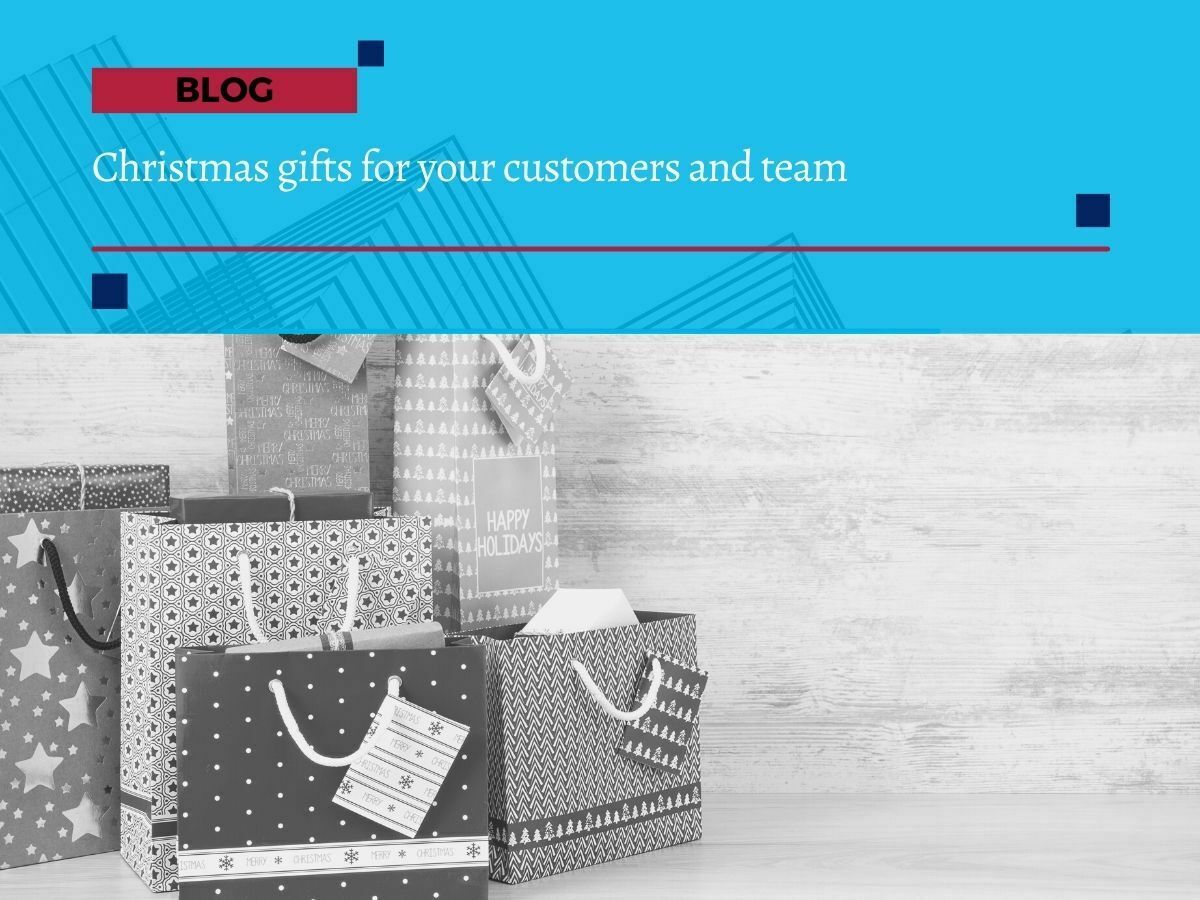
Collect your debtors faster
Collect your debtors faster
Managing cash flow effectively is crucial for the sustainability of any business. A significant component of this involves managing debtors efficiently to ensure that cash inflows occur on time. However, it's important to remember that even uncollected sales impact your financial obligations.
Did you know that you still have to pay tax on your debtors, even if you haven’t collected them yet? This happens because your tax obligations are calculated based on your sales figures, not just the cash you have received.
Why It's Critical to Collect Debtors Promptly
When your cash is tied up in uncollected invoices, it restricts your ability to reinvest in your business, pay your bills on time, or even meet your payroll obligations. This can hamper your business's growth and potentially lead to financial difficulties.
Therefore, collecting debtors promptly should be a top priority.
How to collect your debtors faster
Agree on Payment Terms at the Time of Sale
Clear communication about payment terms sets the stage for all future interactions with your customers regarding payments.
Ensure Your Customer Signs Your Terms of Trade Before You Start the Job
This formal agreement protects you legally and ensures that both parties understand the financial obligations involved.
Include a Guarantee in Your Payment Terms
This adds an extra layer of assurance that you will be paid, encouraging prompt payment.
Invoice as Quickly as You Can
The sooner you send out an invoice, the sooner you can expect to be paid.
Ask for a Deposit Prior to Starting the Job
This not only secures a portion of your payment upfront but also commits the customer financially to the project.
Change Your Payment Terms to Within 7 Days of Invoice or On Delivery
Shortening the payment period accelerates your cash inflows.
Send Statements Religiously at the Start of the Month
Regular updates remind your customers of their dues and prevent overdue payments from being overlooked. Implementing automated reminders through your cloud accounting system, such as Xero, can encourage late payers to pay on time.
Have Someone Other Than the Owner Be Responsible for Collection of Debtors
This can often lead to more systematic follow-up and less personal conflict.
Document Any Changes to Your Standard Payment Terms in Writing
Keeping a written record of all terms and agreements avoids misunderstandings and provides legal backing.
Use an Integrated Payment Gateway App
This technology simplifies the payment process for your customers, making it easier and faster for you to collect your money.
Don’t Provide Credit to Customers Who’ve Been Late Payers in the Past, and Don’t Offer More Credit to Customers with Outstanding Payments
This policy helps mitigate risk and improve your cash flow.
Proactive management is key
Don’t procrastinate on your debtors. Establishing clear, firm payment terms and ensuring you stick to them is vital. Remember, it’s often the proactive, attentive businesses that manage their cash flow most effectively.
"It’s the squeaky wheel that gets the oil." – Anon
Don’t let your business be slowed down by late payments. Be the squeaky wheel, take action today. We can help.








